The Edward Forbes Prize winner
The Palaeontographical Society were delighted to award the 2021 Edward Forbes Prize to Dr Michela Johnson.
Michela Johnson

A few words from Michela about their research and winning the award.
I received my official PhD certificate in Vertebrate Palaeontology at the University of Edinburgh in 2020. My work focusses on teleosauroids, semi-marine crocodylomorphs that lived from the Early Jurassic to the Early Cretaceous. They were a nearly global, diverse group of crocodylomorphs that were particularly abundant in Europe and the United Kingdom, and a key component of coastal ecosystems. Despite having a nearly 300-year history (fossil fragments have been reported from France as early as 1722), little work has been done to resolve their tangled taxonomic history; one major contributor to this is the genus ‘Steneosaurus’, a paraphyletic/polyphyletic wastebasket taxon. As such, macroevolutionary studies on these crocodylomorphs is lacking.
The focus of my PhD was to untangle this taxonomic mess and produce a viable phylogeny of Teleosauroidea. I was fortunate to examine over 500 teleosauroid specimens from around the world for this purpose. With this morphological data, my co-authors and I were first able to tackle the validity of ‘Steneosaurus’ and proposed it as a nomen dubium (co-authors and I discuss this in another paper). We then reconstructed a newly updated, comprehensive higher-level phylogenetic tree of Teleosauroidea. The dataset included 153 crocodylomorph taxa (27 teleosauroids) and 502 characters, and analyses were done in multiple phylogenetic software. Results were largely consistent with one another, with two large subclades (Teleosauridae and Machimosauridae) within Teleosauroidea recovered that are morphologically, ecologically and biogeographically distinct from one another. The new phylogeny also proposed: (1) redefining Teleosauridae; (2) introducing one new family and three new subfamilies; (3) resurrecting three historical genera (Macrospondylus, Aeolodon, Sericodon); and (4) erecting seven new genera (Plagiophthalmosuchus [‘lateral-eyed crocodile’], Clovesuurdameredeor [‘Clovesuurda’s sea creature’], Seldsienean [‘rare one’], Andrianavoay [‘noble crocodile’ in Malagasy], Charitomenosuchus [‘graceful crocodile’], Proexochokefalos [‘big head with big tuberosities’], Neosteneosaurus [‘new Steneosaurus’]) and one new species, Indosinosuchus kalasinensis.
The proposed phylogeny shows that teleosauroids were more diverse than previously thought and we discuss key aspects of their morphology, ecology, dispersal and abundance. Ultimately, they represented some of the most successful crocodylomorphs during the Jurassic. I will be continuing my work on these fossils at the Staatliches Museum für Naturkunde Stuttgart, where I will evaluate ontogeny (growth from infant to adult) in Early Jurassic teleosauroids, examining if they have microanatomical features similar to modern crocodiles and if their growth rate was affected by the Toarcian Oceanic Anoxic Event.
I am immensely grateful to have received the Edward Forbes Prize from the Palaeontographical Society. The Society, established in 1847, is the oldest society dedicated to the advancement of palaeontological knowledge, and to receive this award from such an established and historical society is extremely humbling. The Society is also extremely supportive of taxonomic work, which is invaluable in palaeontology and can often be overlooked. I sincerely thank the committee for considering my work. Hearing that it was an excellent application instills a sense of pride and confidence; teleosauroids are an important component of British palaeontology and I am eager to continue producing quality work on these fossils.
For details about the award, please visit the Palaeontographical website.
